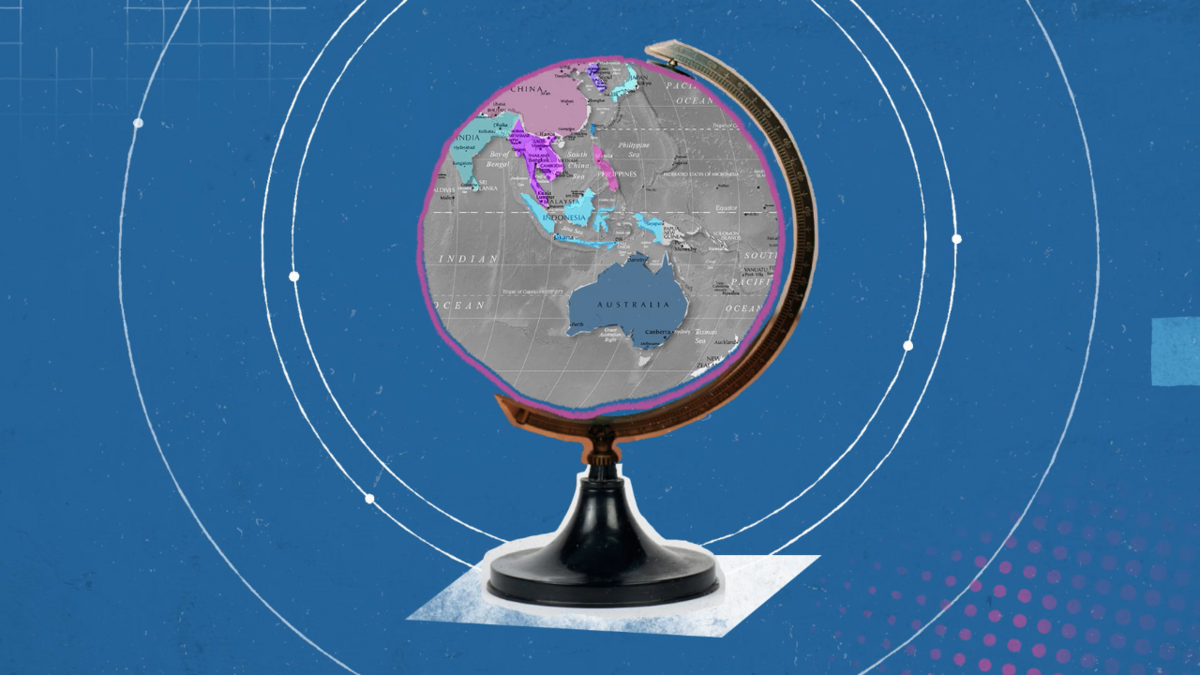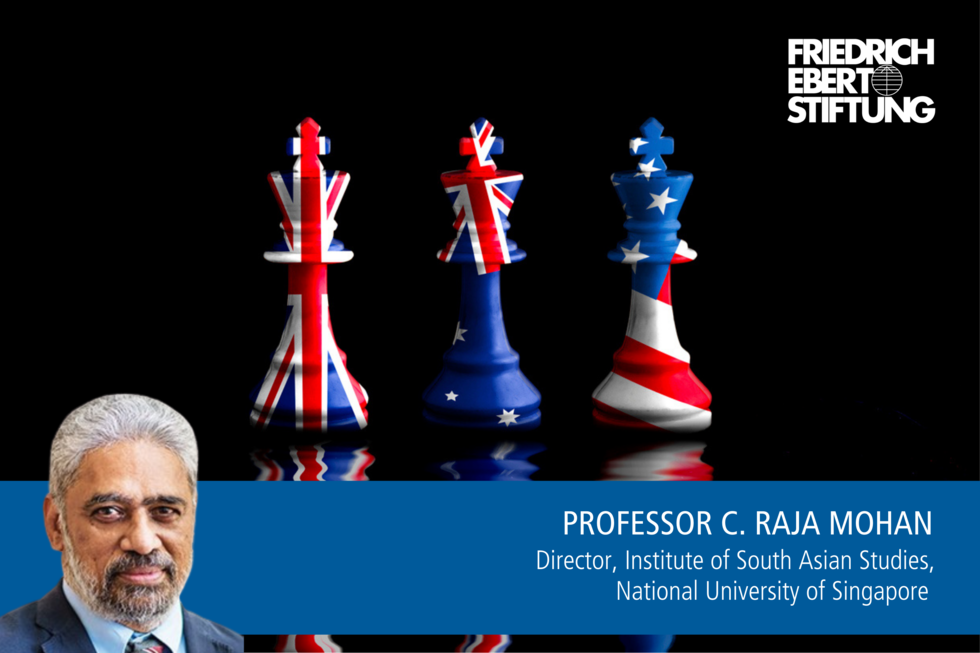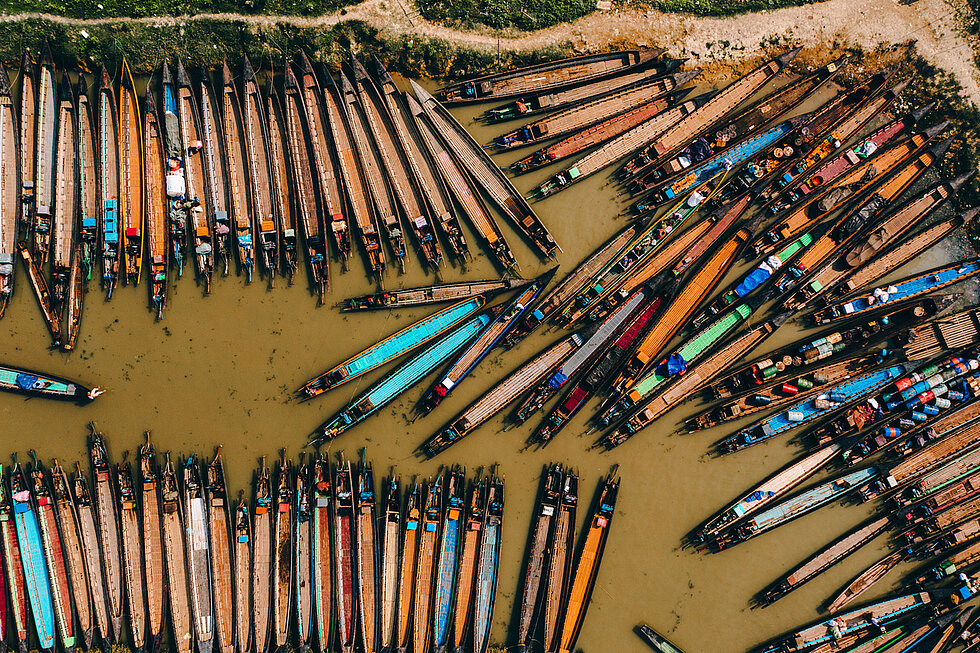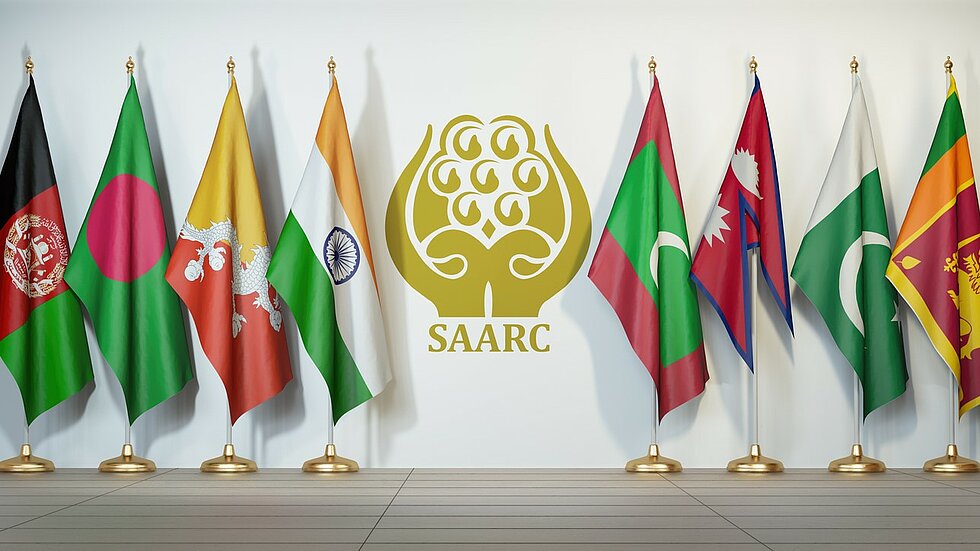India's changing geopolitics in post-COVID Asia
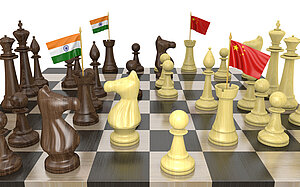
The emerging dynamic on the long and contested frontiers of India and China is likely to be at least as consequential as the multiple other crises unfolding in East Asia, including in the Korean Peninsula, Hong Kong, Taiwan and the waters of the East and South China Sea. Even if it is contained and defused, the current crisis is likely to accelerate the reorientation of Indian geopolitics and intersect with the breakdown of the US-China relationship that is reordering the regional and international system in multiple ways.
The deadly confrontation on June 15 followed a standoff between the two armies that began in early May and saw the death of 20 Indian soldiers and an unspecified number of men from the People’s Liberation Army. The clash came after the two sides had declared their interest in de-escalation and a roadmap to get there. Whatever might be the immediate reasons for the bloody encounter—the first in nearly four and a half decades—it has sparked an outrage in India and is compelling Delhi to reevaluate and reset its increasingly testy relationship with Beijing.
India-China relations in perspective
This is not the first crisis in recent years on the long and contested Sino-Indian frontier. The relative peace and tranquillity on the border since the late 1980s have been punctured by three earlier crises in 2013, 2014 and 2017. There are apparent reasons for these recurring crises, including the undefined nature of the boundary and the deep disagreements on the ambiguous concept of a line of actual control.
Over the last two decades, China has modernised its military infrastructure on the frontier and has sought to constrain India which has been trying to catch up. Both the militaries operate much closer to the borders and frequently run into each other. But protocols designed to limit the friction have become increasingly inadequate amidst the growing securitisation of the frontier.
There is a larger factor, however, shaping the boundary tensions. This is the dramatic transformation in relative power of China and India. The sense of rough parity between the two nations in the 1980s has now turned into a huge gap. China’s current GDP is at USD15 trillion and is nearly five times that of India’s at USD3 trillion. China’s military expenditure of USD261 billion is nearly four times larger than India’s at USD71 billion.
Combined with political and military assertiveness, China has sought to deploy the power differential to redeem its long-standing territorial claims on the Himalayan frontier. Unlike similar situations in the South China Sea though, India has a stronger military muscle than Beijing’s Southeast Asian neighbours and Delhi has thrown its vast armies to defend its northern frontiers. Having a larger force in being does not necessarily make it any easier for India to stare down Beijing to restore the status quo that existed prior to May.
Beyond the intensifying territorial dispute, India has had to cope with three additional challenges from China—a massive trade deficit, Beijing’s growing political and economic influence in Delhi’s South Asian and Indian Ocean neighbourhoods and blocking India’s global aspirations for instance with regard to a permanent seat on the UN Security Council. As the severity of these challenges mounted in recent years, and the rise of China emerges as the single most important challenge to India, Delhi has responded by a number of different strategic adjustments. Five broad themes stand out.
Strategic foreign policy adjustments
One was India’s readiness under Prime Minister Narendra Modi to shed the historic hesitations about a deeper partnership with the United States. Unlike his predecessors, Mr Modi has ramped up India’s security, political and economic cooperation with the United States and the bilateral relationship has never been as robust as it is today.
Two, Delhi like most of America’s allies and partners, is acutely aware of the turbulent domestic situation in the US and its uncertain external trajectory. While India has enjoyed solid bipartisan cooperation with successive administrations in Washington, Delhi is eager to develop strategic partnerships with other Western powers, including France, Europe and Britain, Japan and Australia to compensate for the volatility in US policies. This tilt towards the West is an important shift away from India’s traditional prickly post-colonial anti-Westernism.
Three, while Russia remains an important part of India’s great power relations, its deepening ties to Beijing and continuous confrontation with the West, have begun to introduce some strains in Delhi’s ties with Moscow. More fundamentally, the idea of promoting a multipolar world that would limit American power that brought Delhi and Moscow together in the mid 1990s is now in shambles. For India, threat today comes not from the US dominated unipolar world, but the unfolding of a unipolar Asia.
Four, as it recognised the political consequences of China’s economic rise, Delhi was among the first to reject President Xi Jinping’s Belt and Road Initiative and more recently it walked out of the agreement on Regional Comprehensive Economic Partnership (RCEP) — an Asia-wide compact for trade liberalisation — citing the economic threat from China that has hollowed out India’s manufacturing industry. Today, India is considering the emerging ideas for an economic cooperation among like-minded countries as an alternative to Chinese domination of global supply chains.
Five, while reaffirming India’s long-standing equities in the ‘´Global South’, Delhi is looking beyond the Non-Aligned Movement to participate in a range of global coalitions. India’s participation in the recent German initiative for an Alliance for Multilateralism, the US-led Quad and Quad plus initiatives, and the building of the International Solar Alliance with France are part of India’s new thinking on its role in constructing a stable global order.
While many of these initiatives had preceded the COVID-19 crisis and the fresh military crisis with China, they are bound to get a more intensive Indian push in the days ahead. For the belief in Delhi that it can make an incremental transition to a new geopolitics has been shattered by the latest trans-Himalayan military confrontation.

Professor C Raja Mohan is the Director of the Institute of South Asian Studies at the National University of Singapore. Previously, he was the founding Director of Carnegie India. He has also been a Distinguished Fellow at the Observer Research Foundation, New Delhi, and Senior Fellow at the Centre for Policy Research, and prior to that, a professor at the S. Rajaratnam School of International Studies, Nanyang Technological University, Singapore, as well as Professor at the Centre for South, Central, Southeast Asian and Southwest Pacific Studies, School of International Studies at Jawaharlal Nehru University, New Delhi.
He was the Henry Alfred Kissinger Scholar in the John W. Kluge Center at the Library of Congress, Washington, D.C. during 2009-10. Raja Mohan has had a number of stints in journalism as well. He was Strategic Affairs Editor of the Indian Express, New Delhi, and before that, served as Diplomatic Editor and the Washington Correspondent of The Hindu newspaper. He is a columnist for the Indian Express. Raja Mohan holds a master's degree in Nuclear Physics and a PhD in International Relations. He has published numerous books and is a frequent commentator in international media.
The views expressed in this blog series are not necessarily those of FES.
FES Asia
Bringing together the work of our offices in the region, we provide you with the latest news on current debates, insightful research and innovative visual outputs on the future of work, geopolitics, gender justice, and social-ecological transformation.
